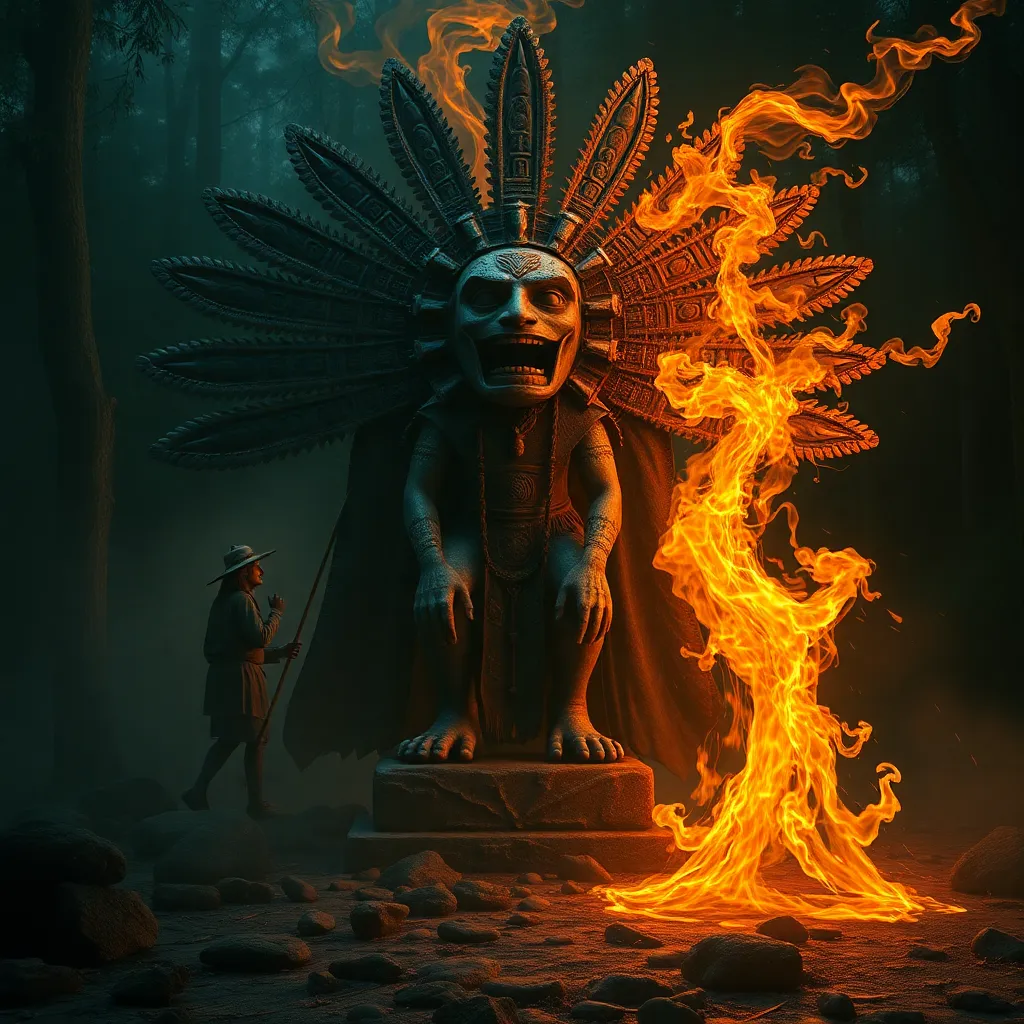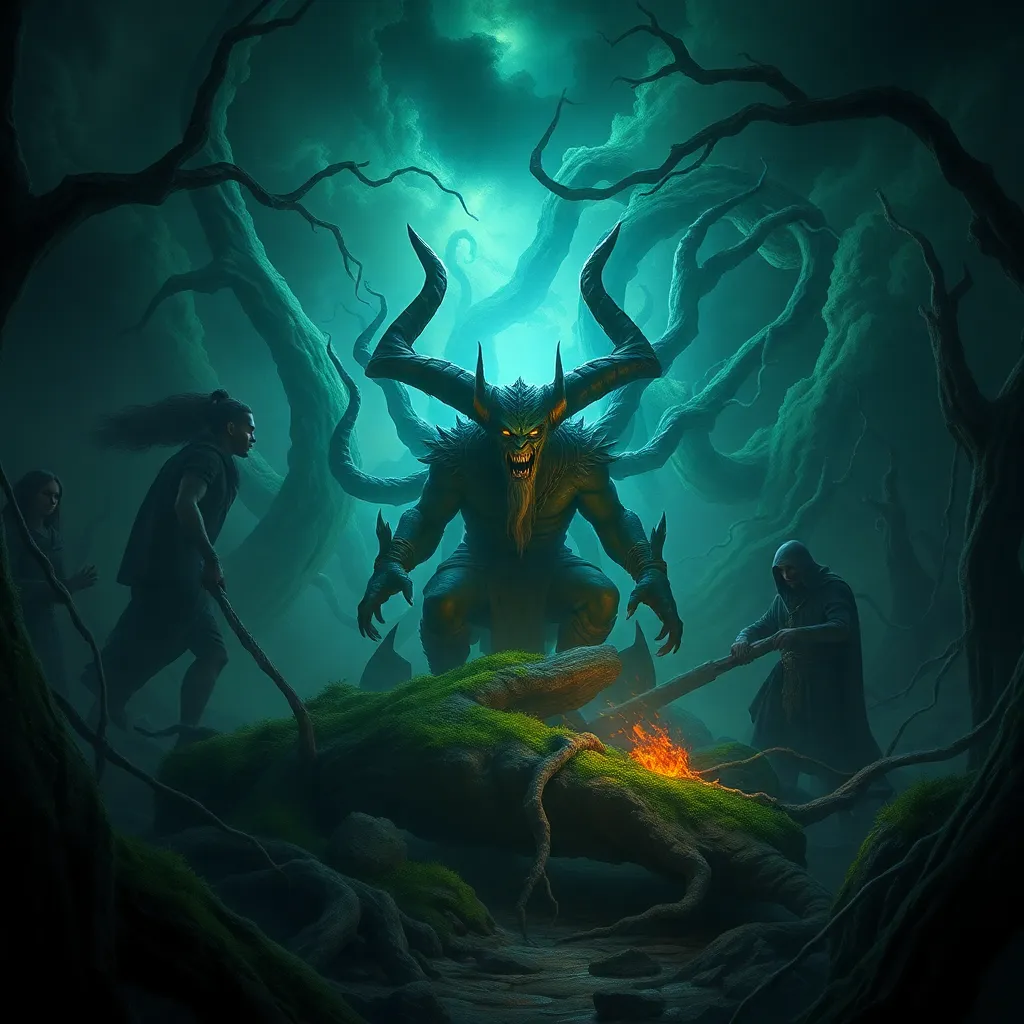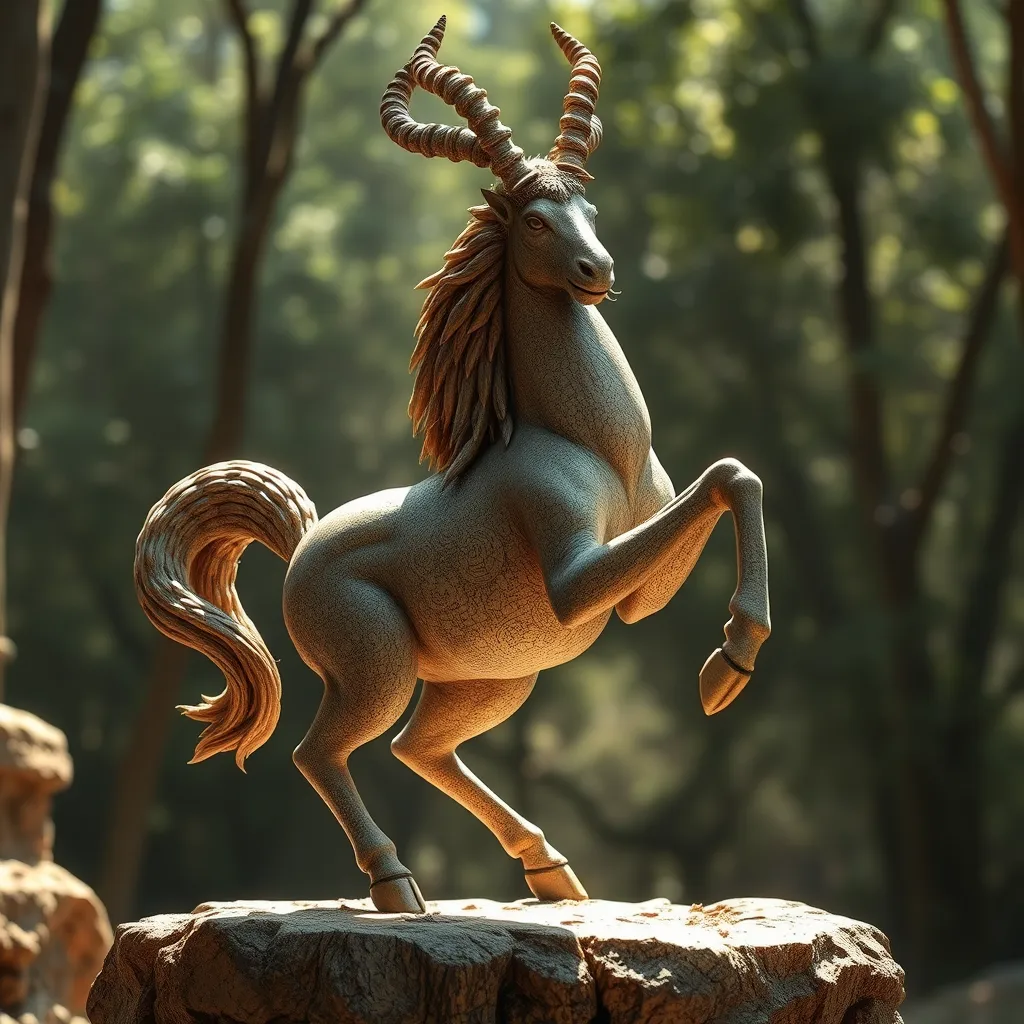The Ahuizotl: A Reflection of Aztec Society and its Relationship with the Natural World
I. Introduction
The Ahuizotl is a fascinating mythical creature from Aztec culture, often depicted as a water-dwelling beast with a combination of features reminiscent of both a dog and an aquatic mammal. This enigmatic figure holds significant importance in understanding the intricate relationship the Aztecs had with their environment. By examining the Ahuizotl, we can gain insights into the societal values, fears, and beliefs that shaped Aztec civilization.
In this article, we will explore how the Ahuizotl embodies the complex relationship between the Aztecs and their natural surroundings, serving as a reflection of their cultural identity and environmental awareness.
II. The Ahuizotl: Description and Characteristics
A. Physical Attributes of the Ahuizotl
The Ahuizotl is typically described as having the body of a dog, covered in sleek fur, with a long, flexible tail that ends in a hand-like appendage. This tail is often said to be capable of grasping objects, which the Ahuizotl uses to pull victims into the water. Its eyes are often characterized as large and luminous, adding to its fearsome appearance.
B. Behavioral Traits and Habitats
The Ahuizotl is believed to inhabit rivers, lakes, and other bodies of water, showcasing a predilection for aquatic environments. It is often portrayed as a cunning and malevolent creature that lures unsuspecting individuals to their doom, feeding on those who venture too close to its watery domain.
C. Role in Aztec Mythology and Folklore
In Aztec mythology, the Ahuizotl is not just a monster; it serves as a symbol of the unpredictable and sometimes dangerous nature of the environment. Folklore surrounding the Ahuizotl often includes cautionary tales warning people against underestimating the power of nature and the dangers that lie beneath the surface of calm waters.
III. The Origins of the Ahuizotl in Aztec Mythology
A. Historical Accounts and Sources of the Ahuizotl Legend
The legend of the Ahuizotl can be traced back to various historical accounts, including the writings of early colonial chroniclers. These sources detail encounters with the creature, blending myth with reported sightings, thus enriching the narrative surrounding this enigmatic being.
B. Comparison with Other Mesoamerican Mythological Creatures
When compared to other Mesoamerican mythological creatures, the Ahuizotl shares similarities with figures like the Nahual and the Xolotl, both of which represent duality and transformation. However, the Ahuizotl’s water-centric nature sets it apart, emphasizing the significance of aquatic environments in Aztec cosmology.
C. Symbolism of the Ahuizotl in Aztec Cosmology
In the context of Aztec cosmology, the Ahuizotl symbolizes the thin line between life and death, as it is often associated with water—a source of life that can also bring destruction. This duality reflects the Aztecs’ complex understanding of the natural world, where every element has its positive and negative aspects.
IV. The Ahuizotl as a Reflection of Aztec Values
A. Exploration of Themes of Fear and Respect for Nature
The Ahuizotl embodies the Aztecs’ reverence and fear of nature. It serves as a reminder of the power of water and the need to approach it with caution. This relationship is evident in various rituals and practices aimed at appeasing the gods associated with water and fertility.
B. The Creature’s Representation of the Duality of Life and Death
As a creature that both nurtures and destroys, the Ahuizotl represents the duality inherent in all aspects of life. This duality is central to Aztec spirituality, where life and death are not seen as opposites but as interconnected states of existence.
C. Implications for Understanding Aztec Spirituality and Values
The Ahuizotl’s role in mythology highlights the Aztecs’ understanding of the world as a place filled with powerful forces that require respect, reverence, and an acknowledgment of one’s place within the broader ecosystem.
V. The Ahuizotl’s Role in Aztec Society
A. Influence on Cultural Practices and Rituals
The Ahuizotl significantly influenced various cultural practices and rituals among the Aztecs. Rituals to honor water deities often incorporated elements of the Ahuizotl’s traits, symbolizing the need for balance in their relationship with nature.
B. The Ahuizotl in Art and Literature
Art and literature from the Aztec period frequently depict the Ahuizotl, showcasing its importance in their cultural narratives. These representations serve not only as artistic expression but also as educational tools for conveying moral lessons.
C. The Creature’s Impact on Communal Identity and Collective Memory
The Ahuizotl has become a part of the collective memory of the Aztec people, serving as a symbol of shared experiences and societal values. Its stories and characteristics help to shape communal identity and foster a sense of belonging among the Aztecs.
VI. The Relationship Between the Ahuizotl and the Natural World
A. The Ahuizotl’s Habitat and Its Connection to Water Sources
The Ahuizotl’s association with water sources highlights the importance of these environments in Aztec life. Rivers and lakes were not only vital for sustenance but also served as cultural and spiritual hubs.
B. The Creature as a Symbol of the Balance Between Humans and Nature
The Ahuizotl represents the delicate balance between humanity and the natural world. It reminds the Aztecs that while nature provides for them, it can also pose significant threats if not respected.
C. Lessons from the Ahuizotl Regarding Environmental Stewardship
The stories of the Ahuizotl impart important lessons about environmental stewardship. They encourage a harmonious relationship with nature, emphasizing respect for water bodies and the creatures that inhabit them.
VII. Modern Interpretations and Legacy of the Ahuizotl
A. The Ahuizotl in Contemporary Culture and Media
In modern times, the Ahuizotl has found its way into contemporary culture and media, appearing in literature, films, and art. These representations often reinterpret the creature, highlighting its enduring allure and relevance.
B. Lessons from the Ahuizotl for Modern Ecological Consciousness
The legend of the Ahuizotl serves as a cautionary tale for modern society, reminding us of the dangers of neglecting our relationship with nature and the consequences of environmental degradation.
C. The Enduring Relevance of Aztec Mythology in Understanding Human-Nature Relationships
Aztec mythology, including the tales of the Ahuizotl, remains relevant today as it offers valuable insights into human-nature relationships. By studying these myths, we can better understand our own environmental challenges and the importance of maintaining a respectful relationship with the natural world.
VIII. Conclusion
In conclusion, the Ahuizotl holds significant importance in Aztec society, representing both the beauty and peril of the natural world. As a mythical creature, it encapsulates the values, fears, and beliefs of the Aztec people, serving as a reminder of the intricate relationship between humanity and nature. The Ahuizotl’s legacy continues to resonate, offering lessons that remain relevant in today’s pursuit of ecological harmony and cultural understanding.



